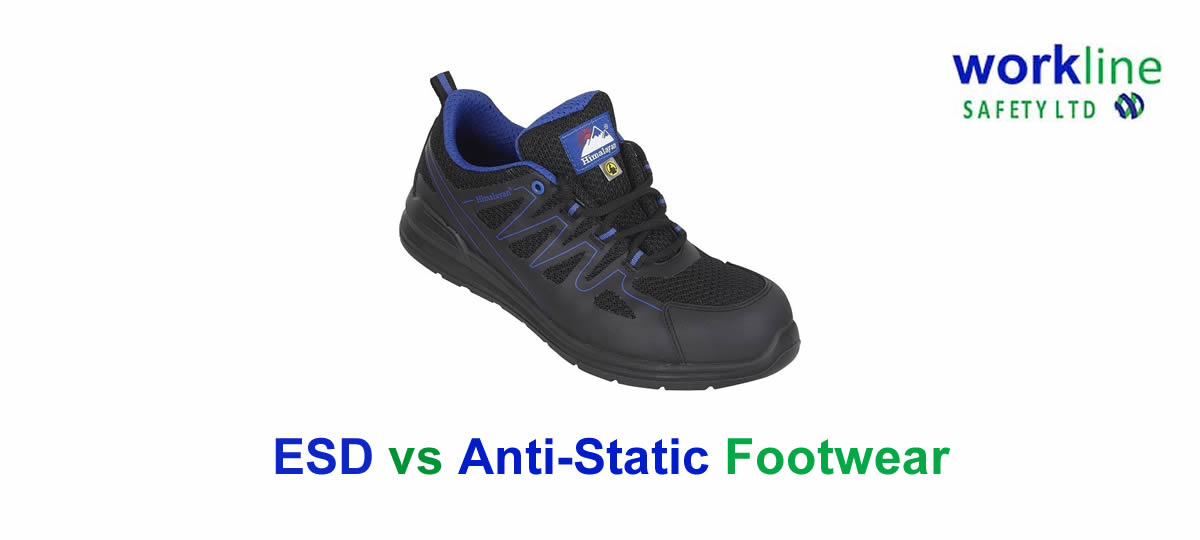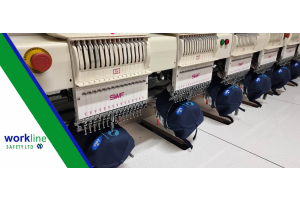
When you are shopping for your next pair of safety footwear, you will often see the terms "ESD" and "anti-static" being used in the descriptions, but do you know what they mean? While they both relate to managing electricity, they're not interchangeable. Let's break down the key differences between ESD and anti-static safety footwear.
Anti-Static Footwear Minimises Charge Buildup
Anti-static footwear typically has a moderate level of electrical resistance. It is also designed to reduce the buildup of static electricity on the body. It allows static charges to dissipate slowly and safely, preventing sudden, uncontrolled discharges.
- How it works: Anti-static footwear allows charges to flow through the sole to the ground at a controlled rate, preventing a large static buildup. It protects you from injury from medium levels of electricity (usually between 0.1 and 1000 MO).
- Purpose: To minimise the risk of static shocks and reduce the potential for igniting flammable substances, but Anti-Static footwear is designed to protect the wearer from electricity, rather than the work site.
- Typical applications: General industrial settings, warehouses, and areas where static buildup and electric shock are a concern but not a critical hazard.
ESD (Electrostatic Dissipative) Footwear Controls Discharge for Sensitive Environments
ESD footwear generally has a very low level of electrical resistance but it takes static control a step further. It's designed to provide a more controlled and consistent path for static electricity to dissipate. This is crucial in environments where sensitive electronic components are handled.
- How it works: ESD footwear allows static charges to flow to the ground in a controlled manner. This prevents rapid discharges that could damage sensitive equipment. It protects you from injury from very low levels of electricity (usually between 0.1 and 1000 MO)
- Purpose: To protect sensitive electronic devices from damage caused by electrostatic discharge.
- Typical applications: Electronics manufacturing, cleanrooms, and areas where sensitive equipment is handled.
The Key Differences between Anti-Static and ESD
Understanding the difference between ESD and anti-static footwear is crucial for workplace safety. Choosing the right footwear ensures that you're protected from static-related hazards and that sensitive equipment remains safe from damage.
- Resistance Levels: ESD footwear has a more tightly controlled resistance range than anti-static footwear.
Protection Focus: Anti-static footwear is more for protecting the wearer, while ESD footwear is for protecting sensitive electronic equipment from damage.
Application: Anti-static footwear has many different applications, while ESD is for sensitive electronic environments.
Choosing the Right Footwear:
- Consider the specific hazards present in your workplace.
If you work with sensitive electronic components, ESD footwear is essential. - For general static control and minimising the risk of shocks, anti-static footwear is the right choice.
- Always check the relevant EN standards that your footwear meets, and consult with your health and safety officer.
Still not sure which you need? Give us a call or drop in to our showroom and our staff will be happy to help.





